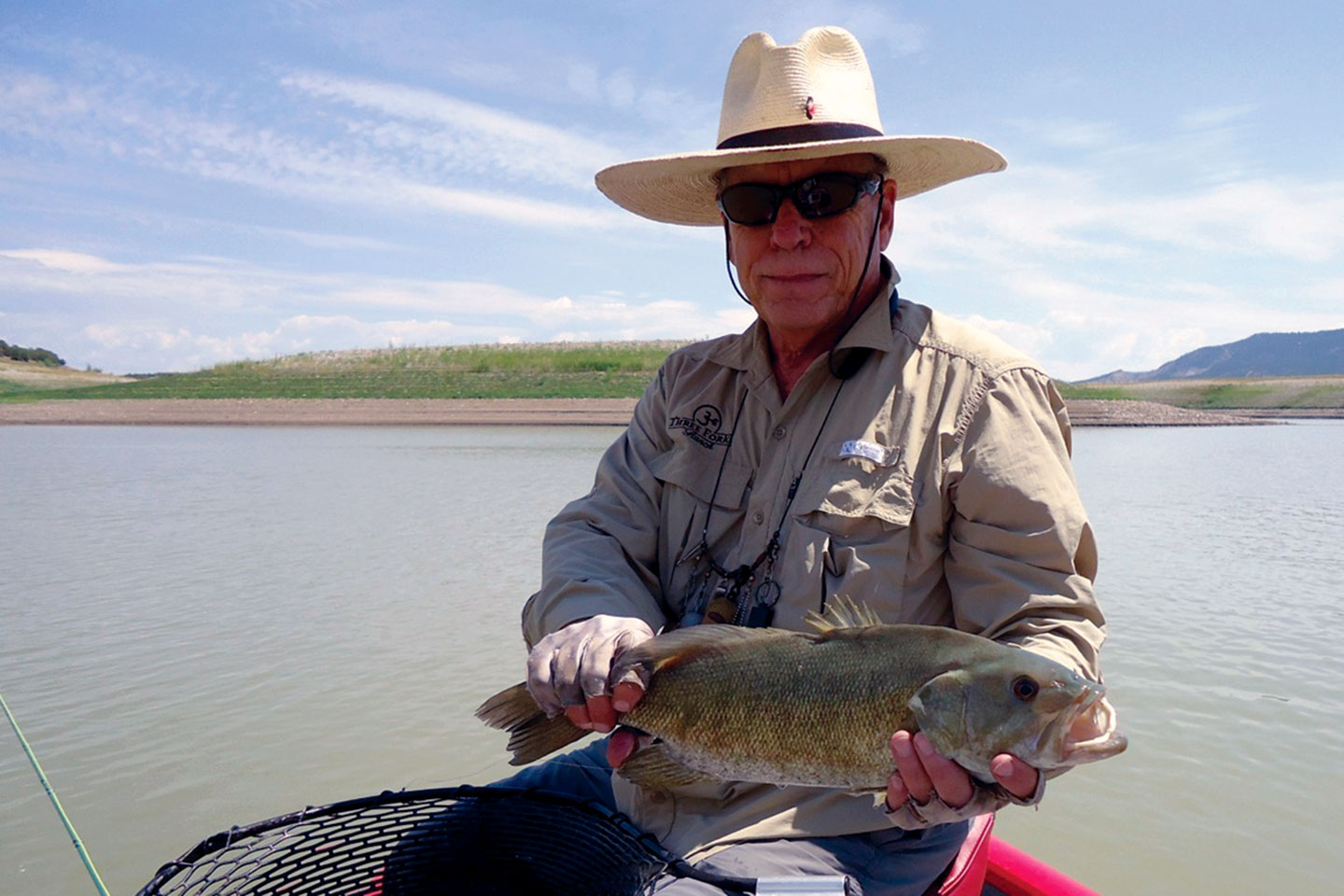While fishing the other day I mentioned to my friend and fishing partner, Sam, I was going to write a column about leaders. He instantly became agitated, and wanted to know how a newspaper could pay me for handing in a blank piece of paper. Sam went on to say since we don’t have any leaders, at any level, how could I write about them. I told him I was referring to symmetrical tapered lines made of monofilament, not the elected bobble-head leaders. He smiled, tied a piece of tippet onto his leader, and continued to fish.
What prompted me to think about leaders and tippets was an article I read by Mark Halperin in American Angler, about leaders. It got me to thinking about just how important is a leader, and just what does it do? The answer to the first question is very, the answer to the second question is, it helps us to catch fish. So, how does this very important part of fly-fishing equipment help me to catch fish? Leader separates the fly from the fly line. Once a leader is attached to a fly line, it is easy; tie on a fly, cast it out, and catch fish – if it were only that simple.
Leaders come in a variety of materials, lengths, strengths, tapered and non-tapered. With all these variables you now have an endless number of options to choose from in selecting the proper leader. Choosing the correct leader is similar to choosing the proper after-dinner cigar and single malt. Pick what works best for you, with a few guidelines.
For fishing in this area I prefer a fly-shop-bought, tapered, nine-foot, 4X leader. I find this to be the most versatile, and easy-to-use leader. If I was really into fly-fishing, I could build my own leaders. However, I don’t like all the knots and time it takes to build leaders. By using a nine-foot 4X leader I am able to customize it, as needed, on the river. By customize I mean I can shorten it if needed, or lengthen the leader by adding tippet as needed.
Tippet is nothing more than non-tapered monofilament. It and leader come in sizes from 0X to 8X. Tippet is on all the spools you see attached to vests of fly fishermen. Since tippet comes in different sizes I can now customize my leader while on the water so it is easier to cast flies of different sizes. Big flies need strong leaders and tippets, while little bitty flies need something small enough to fit through the eye of the fly.
The higher the X number on the tippet spool indicates a smaller circumference in the line, and thus an end product that has less strength. The same X number is true for a leader without a tippet tied to it. A correctly matched leader and tippet makes it easier to cast your fly. Not only will casting a fly properly matched to your leader and tippet take less effort, it will also be easier to mend and get that picture-perfect drift.
So, if you’re on the water and need to tie on a length of tippet, what’s the best knot to use? There are many books on knots, and how to tie them. I use two knots, the surgeons knot with three wraps, and the blood knot. My preferred knot is the surgeons. It is easy to tie, and I have a lot of confidence in it. In fact, I have never had that knot break. If I need to splice in tippet because a defective leader has produced a wind knot, I’ll cut the wind knot out and use a blood knot for the splice. I suggest you practice tying your favorite knots at home so you don’t become frustrated trying to tie a knot in windy conditions.
I enjoy trying different tapered leaders and tippets because it gives me something, besides lack of talent, to blame my non-catching on.

